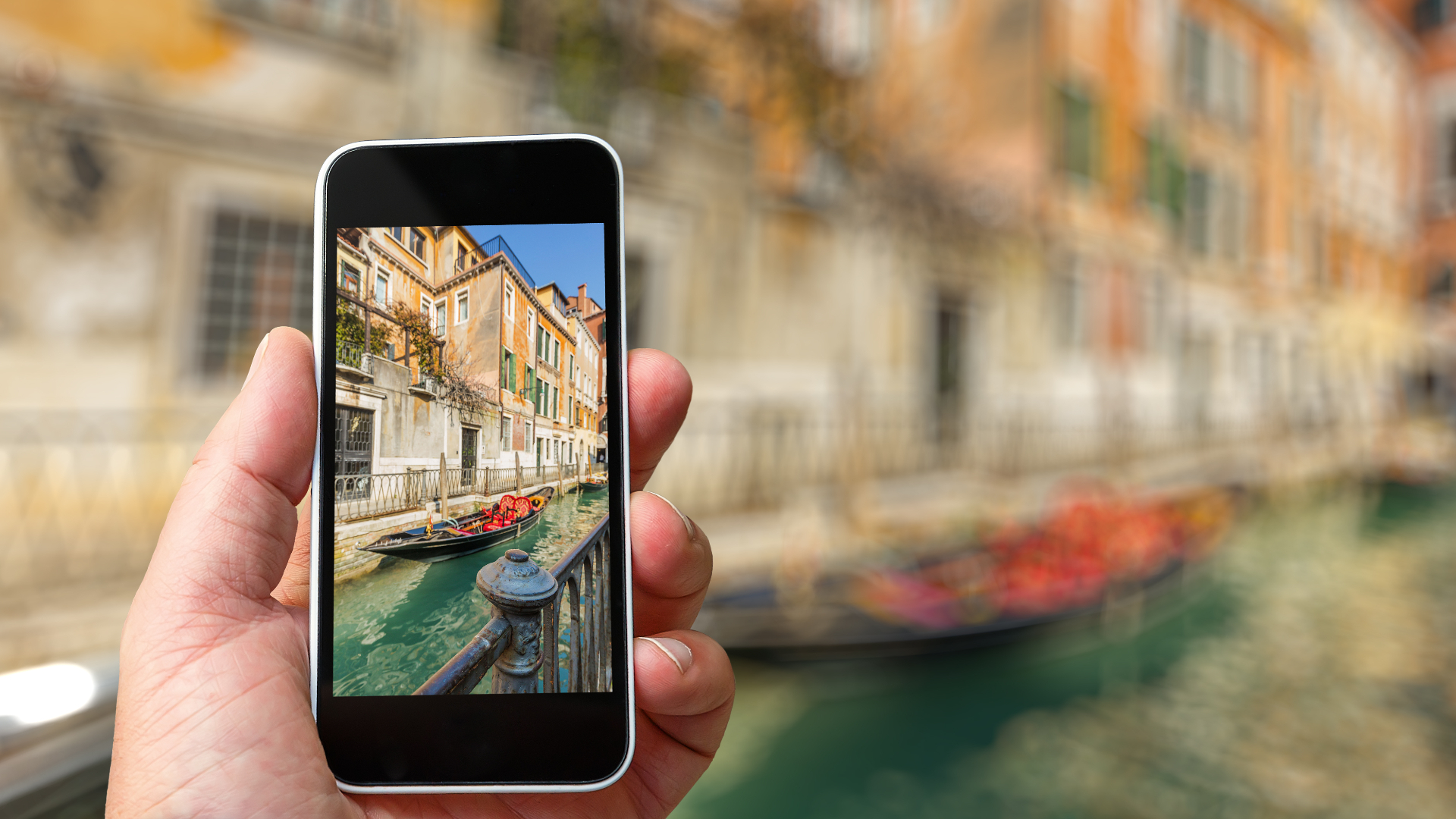How Leveraging Influencer Content Builds Trust and Interest For Travel Brands
Travel and the creative arts have enjoyed a long partnership, with travel writing and film highlighting far-off destinations for those searching for their next adventure. It follows then that as our media choices change, so too will how we discover new travel destinations. The meteoric rise of social media influencers on TikTok and Instagram has largely replaced traditional travel writing, captivating audiences looking to satiate their wanderlust. Now, nearly one in three travelers turn to social media for travel advice, with the number rising to 40 percent of millennials and 60 percent of Gen Z.
The pandemic turbocharged this shift. A confluence between the exploding leisure travel industry and the very real aftereffects of lockdown, influencers creating digital content are redefining travel marketing in ways that connect with certain audiences on a deeper level than some traditional advertising techniques. According to AdWeek, “63 percent of people engage with travel influencer content more now than they did before the pandemic. And two in three consumers trust paid content from creators more than they do traditional advertising.”
This is big news for the travel industry and carries with it a real opportunity for forward-thinking brands to stand out in an ever-crowding field. Leveraging social and influencer campaigns lends a level of authenticity previously unattainable through transactional ad sells. The psychology at play is unique. Consumers know the influencer is paid to produce the content they’re enjoying, but unlike in conventional ad spots, such knowledge doesn’t diminish the advertiser’s message. In fact, millennials are more likely to trust advice from influencers over the advice of their own friends and family. In a study comparing the return on investment of display ads to influencer marketing, influencers had an 11 times higher ROI.
Why is that? People trust the influencers they follow, believing them to be more authentic than traditional advertisers. Because consumers choose whom to follow based on their individual interests, they’re far more likely to trust influencers who like the same things they like. Authenticity therefore becomes the byproduct of the freedom influencers possess to produce content they want, which can relate to their following of a hyper-specific audience more than traditional advertising — and more effective because it thrives on trust, not persuasion.
So, what does this mean for travel industry marketing strategy? Abandoning all forms of advertising beyond social media influencers is not the answer, but neither is ignoring the trend. A hybrid approach that maximizes the efficacy of influencer content through native advertising campaigns is emerging as the best approach. Blending varied forms of content — from influencer videos to podcasts to written stories — in one native campaign allows brands to benefit from the authenticity of influencers while still controlling their message.

Travel brands that want to tap into this exploding marketing strategy but don’t have access to a celebrity or macro-influencer (one with a million-plus followers) shouldn’t despair. Creating such a campaign with a micro-influencer (10,000-plus followers) who showcases strong engagement because they have time to individually respond to followers can be as effective in producing trusted, relevant content that can then be incorporated in native ad campaigns.
Because travel is already perfectly suited to the arts, the rise of influencer video content and the consumer’s willingness to use such content in decision-making creates a big opportunity. Maximizing message will be about effectively disseminating content your brand wants your customers to see. Using new interactive formats instead of conventional transactional ads in your native campaign is the marketing of the future. And it’s happening now.

